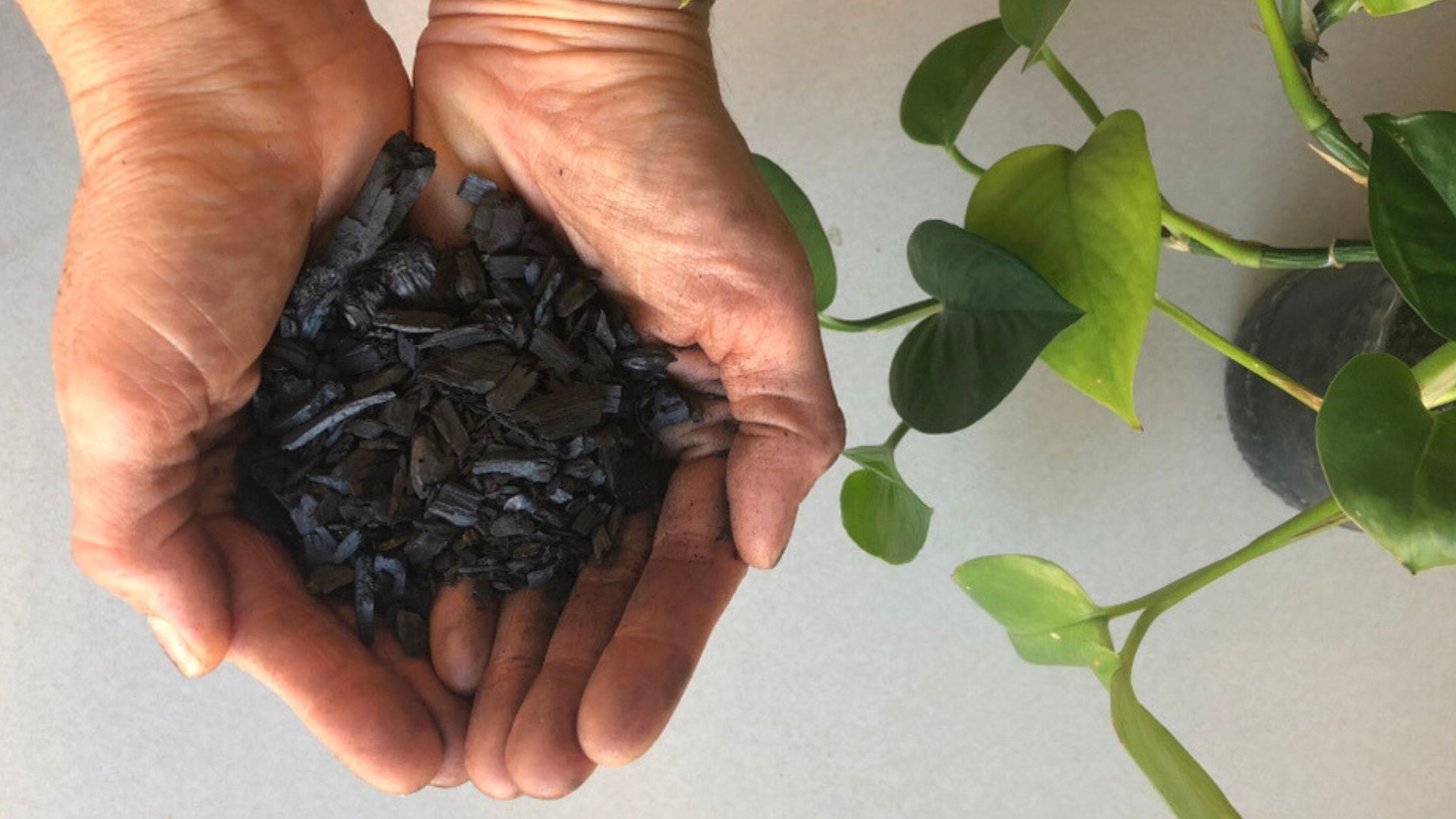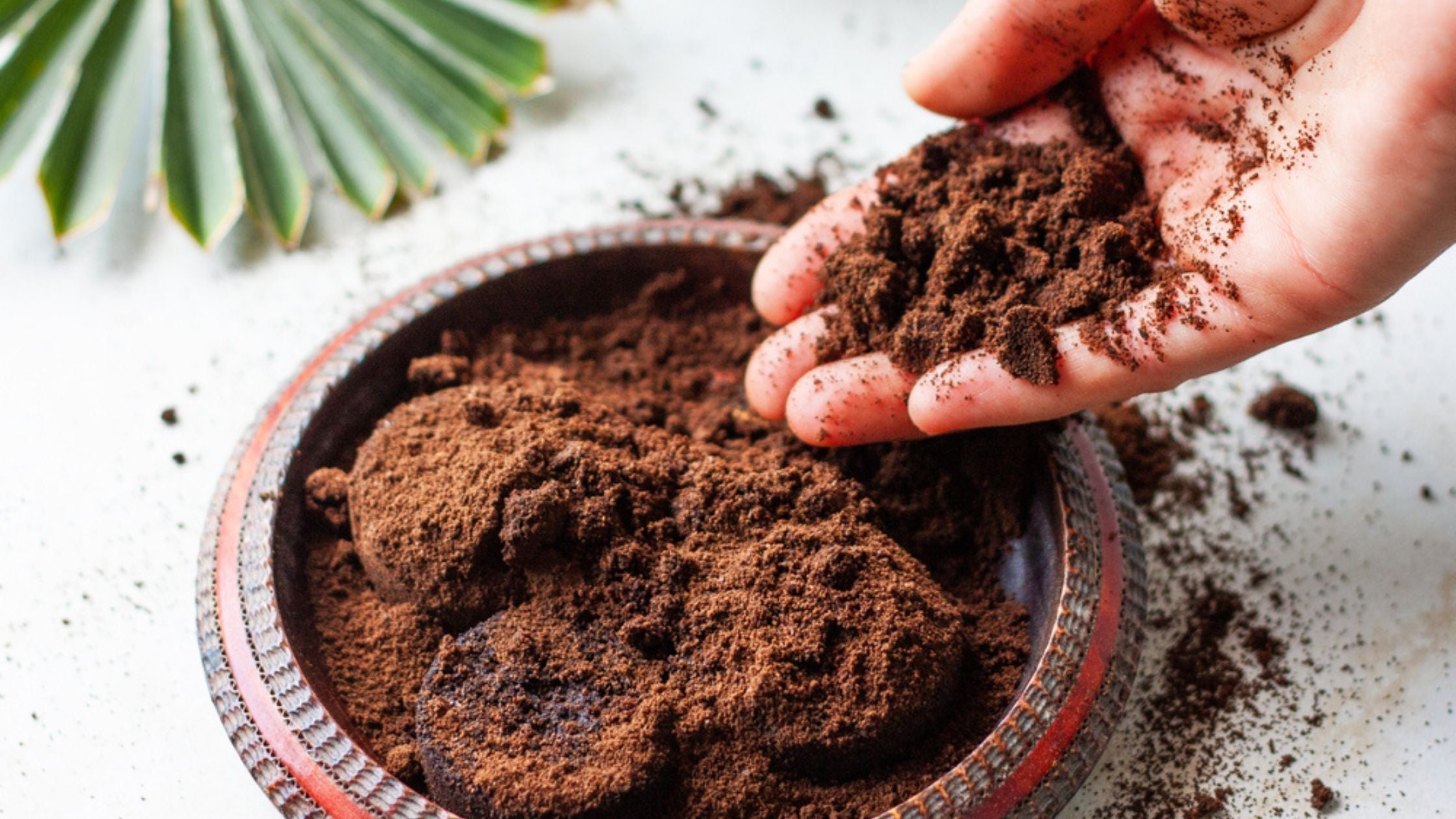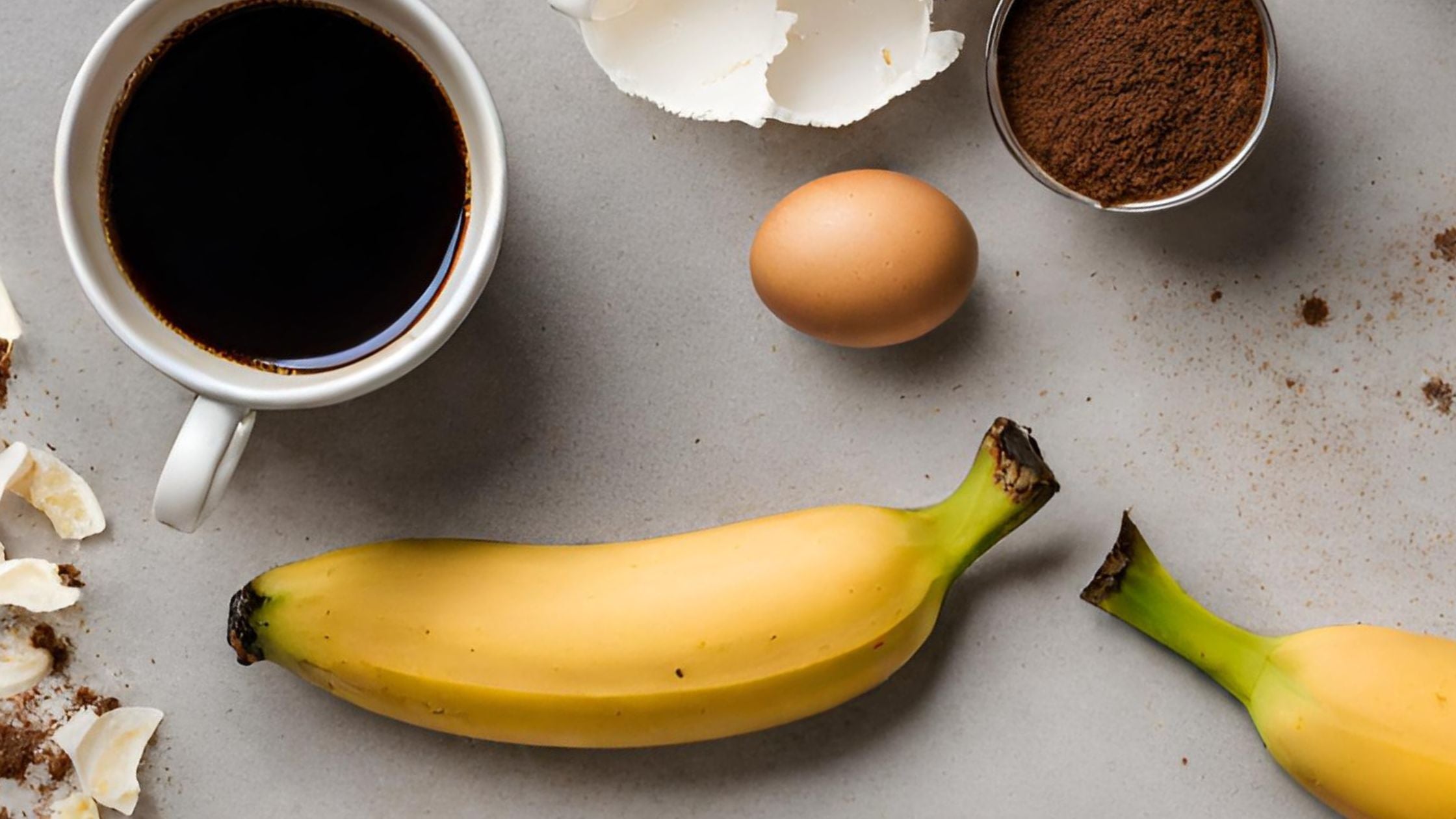
Charcoal for Plants
Charcoal’s unique properties work wonders on soil quality, which is why we include it in our chunky potting mix for tropical plants and our potting mix for plants with delicate roots.
Understanding the different types of charcoal can be confusing, and conflicting opinions on the internet don’t help. What’s the difference between regular charcoal vs activated charcoal? Is horticultural charcoal for plants the same as biochar?
The following guide explains the different types of charcoal and how and why to include charcoal in your potting soil mixtures to benefit your garden and houseplants.
Is charcoal good for plants?
Before we discuss the different types of charcoal, it’s important to summarize why charcoal plays a role in soil and plant health. In the garden or for houseplants, charcoal:
- Provides more air circulation for roots - Charcoal's high porosity benefits plant soils by allowing air to reach plant roots.
- Reduces the risk of waterlogging soil - Air pockets in the charcoal particles also decrease the risk of waterlogged soil by absorbing excess water. This is why charcoal is often placed at the bottom of terrarium jars below the soil. It prevents soggy soil, fungal growth, and root rot in the humid terrarium micro-environment.
- Prevents over-fertilization: In addition to good drainage, a layer of charcoal at the bottom of your potting mix can soak up excess minerals from the soil if you accidentally add too much fertilizer.
- Allows nutrient storage and uptake - With the right charcoal your plant will have nutrients and moisture on the ready.
What is charcoal?
Charcoal is the carbon and ash left over when wood or other organic material undergoes pyrolysis - a process that heats at extremely high temperatures rapidly. Different types of charcoal have the same chemical structure but differ in their physical properties because they are made in different ways.
Charcoal production releases polycarbonate into the atmosphere, so it is not carbon neutral (it pollutes). It is unlikely to have significant nutrient charge when added to soil because it’s usually just burnt wood, and the pH is alkaline - to the point where it can be very toxic to plants if used in soil.
Regular charcoal is primarily used for heating as in coal as a heating source or charcoal briskets for grilling. Charcoal briskets for grilling should never be used for your plants because it contains added chemicals that improve burning, like sodium nitrate or limestone, which can damage your plants.
Types of charcoal for plants
Activated charcoal
You may have come across activated charcoal at either the pharmacy or garden store, as this product can be used for both human and plant application to pull toxins and other impurities out of the digestive tract or soil, respectively. Filtration systems for aquariums and drinking water take advantage of the purifying capabilities of activated charcoal as well.
Activated charcoal is regular charcoal than has undergone a second process of quick heat at high temperatures but with the presence of gasses such as oxygen. The activation process makes the charcoal extremely porous, increasing its surface area and adsorptive capacity. This can be helpful to correct an abundance of a pathogen or toxin that needs to be drawn out, but it can also leach essential nutrients from the body or soil over time.
Biochar
Biochar is a processed carbon made from a mixture of food waste, plant residue, and wood chips. Like regular charcoal, biochar is also made with pyrolysis but the process is faster, hotter, and oxygen is restricted.
Through this process, biochar becomes more porous than charcoal but less porous than activated charcoal. The resulting biochar holds the carbon and does not let it off into the atmosphere, making this product carbon neutral - not bad for the environment.
Because of the diverse materials that are in it, biochar may already be nutrient charged, and the pH is usually alkaline but typically much less so than charcoal.
Biochar is engineered specifically as a soil amendment for long-term carbon soil improvement. Its highly porous structure and large surface area allow for retention of water, nutrients, and beneficial microorganisms in the soil. It helps sandy soils retain moisture and nutrients while it increases air pockets in clay soils with poor drainage.
Biochar can enhance soil fertility, increase crop yields, and improve the soil's capacity to store carbon. Many believe biochar can play an important role in climate change mitigation.
For home gardens or houseplants, biochar is the ultimate choice when looking for a charcoal soil amendment that will hold and release nutrients as your plant needs them. This material breaks down very slowly, does not need to be replaced often, and both removes impurities and provides nutrients to the soil.
What is Horticultural Charcoal?
Horticultural charcoal has been produced and marketed for garden and agricultural use. Unfortunately, there is no industry standard defining what horticultural soil is. Every producer’s charcoal is going to differ, so you should get curious about how different products are created and tailored to do different things when making buying decisions.
Some sources will tell you that horticultural charcoal has gone through the same process as activated charcoal but is less porous. Others consider horticultural charcoal, activated charcoal, and biochar the same thing.
The most essential point to glean here is that you need to decide what factors are important to you when choosing charcoal for soil - porosity, additional nutrients, carbon footprint. And, of course, see what type works best for your specific garden, pots, and plants.
How to enrich charcoal
If you want to add charcoal to your potting mixture without diluting the soil's nutrient content, you can infuse the charcoal with nutrients yourself. Such enhancement can be done to regular charcoal, activated charcoal, or biochar.
- Make compost tea by filling a bucket with water and adding some organic material. Check out our organic plant fertilizer recipes to see what organic materials you might want add to your compost tea.
- Add the nutrient-free charcoal in compost tea for 24 hours.
- Once steeped, pour off the liquid and allow the charcoal to dry.
- Add enriched charcoal to your soil mix of choice!
You can also mix charcoal with beneficial microbes and other nutrients in a 1:1 ratio. Add water to keep it moist, and let it mingle for a couple of weeks before applying to the soil.
Charcoal potting mixes for houseplants
Use charcoal as a soil supplement in conjunction with other potting mediums. Here are some examples of how to use charcoal in your houseplant soil.
Succulents
Charcoal mixes are ideal for creating succulent potting mixes because they keep the soil from getting soggy. Mix two parts soil, one part perlite, and one part activated charcoal.
Tropical houseplants
Use charcoal for tropical houseplants that need richer soil loaded with organic material. Add three parts coco chips, three parts coco peat, one part charcoal, and one part worm castings. Or get our chunky potting mix for tropical plants!
Houseplants with fine roots
Like tropical plants with ropey roots, these need great drainage but prefer a more peaty, fine soil. Substitute some coconut peat for the coco chips. Or get our potting mix for plants with delicate roots!
Charcoal for Orchids
When choosing charcoal for orchids, be sure to use charcoal chips rather than powder. You can get charcoal chips from gardening stores or specialist orchid supply companies. Add four parts medium-grade fir bark or coco husk chunks, one part medium charcoal chips, and one part horticultural perlite.
Extra drainage for potted plants
You can also place a 2-inch layer of activated charcoal at the bottom of your pots, below your usual potting mixture, to add drainage and reduce the risk of fungus developing.



Leave a comment
This site is protected by hCaptcha and the hCaptcha Privacy Policy and Terms of Service apply.